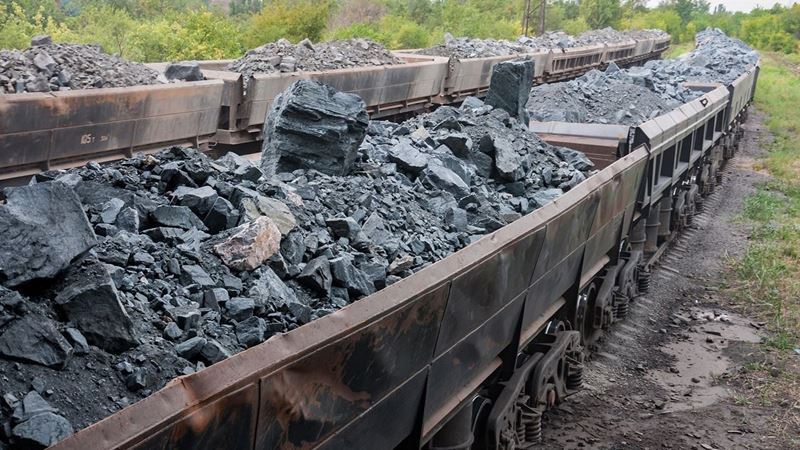Vietnam has the potential to become a major player in stainless steel production, but the industry faces significant challenges in its development. Countries like China and Indonesia, which possess vast nickel ore resources, have a competitive edge in the global market. China accounts for a large portion of global stainless steel production, while Indonesia is also recognized as a major exporter in this field.
Approximately 55 million tons of stainless steel are produced worldwide every year. Most of this production is carried out by China; China's production constitutes 65% of the world stainless steel production with 36 million tons annually. Indonesia has a share of approximately 10% in the world market with an annual production of 5.5 million tons. These countries also account for a large portion of world stainless steel exports. In 2023, China's stainless steel exports will be 3.4 million tons, accounting for 20.7% of the world's total exports, and Indonesia will export 2.7 million tons, accounting for 16.4%.
Vietnam produces roughly 1 million tons of cold rolled stainless steel annually. Domestic consumption is over 120,000 tons, and while 12-15% of the domestic demand is met, the rest is exported abroad. However, this production amount is always balanced by imports, even among Vietnam's two largest stainless steel producers. Only 4.3% of Vietnam's annual cold-rolled stainless steel export capacity of 5.8 million tons exceeds domestic market demand.
Domestic manufacturers in Vietnam are constantly striving to meet local demand while struggling with limited resources and foreign imports. However, capacity increases in the sector and global economic fluctuations leave businesses facing stagnation and competitive pressure.
As a result, Vietnam's stainless steel industry has to find strategic and sustainable solutions to compete in local and international markets. The government's trade defense measures play a critical role in ensuring fair competition in the domestic market and supporting the growth of the sector. However, the future of the sector is directly related to the effective use of resources and the ability to adapt to global economic conditions.











Comments
No comment yet.